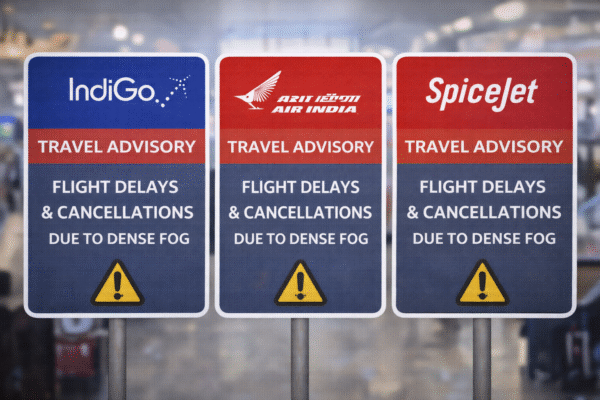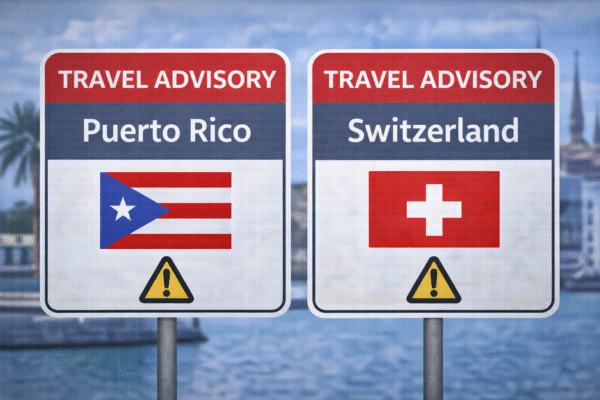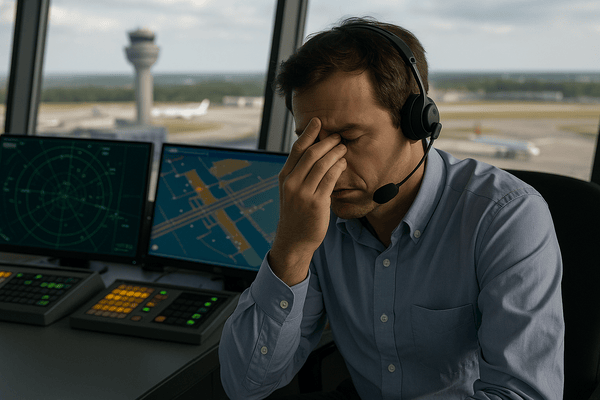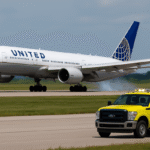A new report from the National Academies of Sciences has revealed a significant strain on the U.S. air traffic control system, as the Federal Aviation Administration (FAA) grapples with soaring overtime costs and persistent staffing shortages across the country. The findings spotlight a mounting challenge in ensuring aviation safety, operational efficiency, and workforce well-being in one of the world’s busiest airspaces.
According to the report, FAA overtime costs have risen by over 300% since 2013, with air traffic controllers logging 2.2 million hours of overtime in 2024—costing U.S. taxpayers nearly $200 million. The study warns that excessive reliance on overtime is both a symptom and cause of deeper systemic issues in the FAA’s workforce planning and scheduling systems.
A Growing Crisis in U.S. Aviation Infrastructure
The air traffic control (ATC) workforce, essential to the safe movement of thousands of flights daily, is currently facing an unsustainable workload. The average air traffic controller in 2024 worked 167 hours of overtime, up from 41 hours in 2013. Despite a 4% increase in air traffic volumes, the actual time controllers spend managing live air traffic has declined—raising concerns about scheduling inefficiencies and fatigue.
According to the report, this increased workload has forced many ATC personnel to work six-day weeks with mandatory overtime, a practice that industry watchdogs say increases the risk of operational errors and near-miss incidents.
FAA Hiring Shortfalls and Software Failures
A major contributor to the problem is a long-standing hiring gap. Between 2013 and 2023, the FAA managed to recruit only two-thirds of the air traffic controllers recommended by its own staffing models, leading to a 13% reduction in the total controller workforce over the decade.
The report further reveals that nearly one-third of U.S. air traffic control facilities have staffing levels 10% below targets, with 22% operating at more than 15% below optimal capacity. This shortfall has been exacerbated by:
- Two federal government shutdowns
- COVID-19 pandemic hiring freezes
- Ineffective implementation of scheduling software
A 2012 scheduling software package, intended to modernize shift planning and improve efficiency, has yet to be fully deployed due to integration issues. As a result, manual scheduling and outdated workforce management practices remain the norm in many high-traffic control centers.
Safety and Fatigue Risks Under Scrutiny
The 2024 FAA Independent Safety Panel Report, also referenced in the new study, expressed “serious concern” over the rising risk of controller fatigue. The panel has called for mandatory rest periods, improved workload balance, and facility-specific staffing evaluations.
Air traffic controllers are responsible for maintaining safe separation between aircraft, particularly in high-density airspaces such as New York, Atlanta, Chicago, and Los Angeles. Any compromise in alertness or decision-making due to fatigue can have serious implications for aviation safety.
FAA Response and Future Outlook
In response to the findings, the FAA confirmed it is on track to hire at least 2,000 new air traffic controllers in 2025. The agency has committed to analyzing the recommendations of the National Academies report and will review its staffing models, scheduling tools, and facility-specific targets.
The agency is also seeking to improve retention by investing in training programs, workforce wellness, and modernizing airport operations technology.
Additionally, the Trump administration, as part of its aviation modernization plan, has requested $20 billion in funding to:
- Upgrade air traffic control infrastructure
- Prevent runway incursions and near-miss events
- Introduce hiring and retention incentives for air traffic controllers
This investment aims to address the 3,500-controller shortfall that continues to hinder the FAA’s operational capacity.
Industry Impact and Traveler Implications
The ongoing staffing and overtime crisis has far-reaching consequences for the U.S. travel and tourism sector, which relies heavily on timely and safe air transportation. Key impacts include:
- Delayed or cancelled flights, especially during peak hours
- Increased stress for aviation workers
- Operational bottlenecks at major international hubs
- Higher ticket prices if inefficiencies raise airline operating costs
Travel industry leaders and aviation unions have urged swift action, warning that unless staffing and scheduling issues are addressed, the U.S. risks compromising its aviation leadership and safety record.
Recommendations for Policy Reform
The National Academies report concludes with a strong call for reform:
- Revise FAA staffing models to account for real-world workload variations
- Reimplement individual staffing target reviews for each ATC facility
- Fully integrate scheduling software and eliminate manual rostering practices
- Enforce rest periods and health protocols for frontline controllers
Aviation analysts say that reform is no longer optional—it’s essential. In an era where demand for air travel continues to rise, a robust and well-supported air traffic management system is foundational to growth, competitiveness, and public trust.
Conclusion: A Tipping Point for U.S. Air Traffic Control
The dramatic increase in FAA overtime costs and the widening staffing gap highlight a tipping point for the U.S. air traffic control system. As the aviation industry enters a new phase of global mobility in 2025, modernizing workforce planning, ensuring controller well-being, and restoring operational efficiency must be top priorities.
The skies over America remain among the busiest in the world—and without decisive action, the cost of keeping them safe may rise far higher than $200 million. The future of U.S. aviation safety and service reliability depends on it.
For more travel news like this, keep reading Global Travel Wire



















